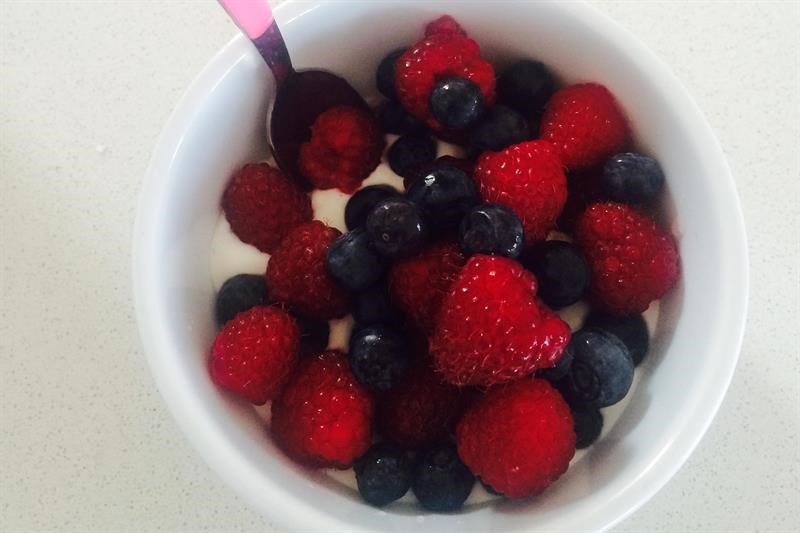Top sugar swap tips for Easter
Published: 03/04/2019
With the sugar spike at Easter, stick to berries for your sweet treat.
That's the advice of nutritionists speaking on behalf of British Summer Fruits, an organisation that represents 95% of berries supplied to UK supermarkets.
It funds Love Fresh Berries – a year-round campaign that celebrates the seasonality of soft fruits.
Easter is a time to enjoy the festivities including family meals and chocolate egg hunts.
However, it is also rather easy for sugar intakes to skyrocket during this fun time.
For example, one survey[1] looking at the sugar content of Easter eggs revealed that one medium chocolate egg provides around 23 teaspoons of sugar whilst ‘extra large’ Easter eggs with supplementary chocolate bars provide about 73 teaspoons. Smaller chocolate bunnies provide anything between 13 and 28 teaspoons.
Government advice[2] is that younger children aged 4 to 6 years should have no more than 19 grams (about 5 teaspoons) of sugar daily. Older children aged 7 to 10 years should have no more than 24 grams daily (around 6 teaspoons) and adults no more than 30 grams daily (approx. 7 teaspoons). So it is very easy to see how sugar benchmarks can be exceeded several fold during Easter.
Bearing this in mind here are a few tips from Dr Emma Derbyshire, registered public health nutritionist on how to lower sugar intake during Easter - without having to completely sacrifice chocolate:
Tip 1 – Leave off sugary decorations. When baking Easter cakes think about using berries or Easter chicks to decorate instead of adding extra lashings of chocolate or sugary sprinkles.
Tip 2 – Save a bit. Break eggs up and give these to children over the course of a week rather than having a whole egg in a single day.
Tip 3 – Mix it up. Mix chocolate up with fruits such as blueberries, blackberries or strawberries. That way chocolate and fruits are put on these same level playing field. Colorful, naturally sweet berries can be a great Easter treat too!
Tip 4 – Do some swaps. Having a hot chocolate made with cocoa powder and semi-skimmed milk only provides 6.5 grams of sugar compared with 56 grams found in the equivalent amount of milk chocolate (100g)!
Tip 5 – Give Easter trail mix a go. This trail mix can be put into small jars or cardboard boxes, tied up with ribbons and hidden or placed on meal tables. Include things like: fresh mixed berries and chopped dark chocolate or chocolate chips.
[1] https://www.safefood.eu/Healthy-Eating/Food,-Diet-and-Health/Seasonal-Features/How-much-sugar-is-in-your-Easter-eggs.aspx
[2] https://www.gov.uk/government/publications/sacn-carbohydrates-and-health-report
Author: Julie Bissett













